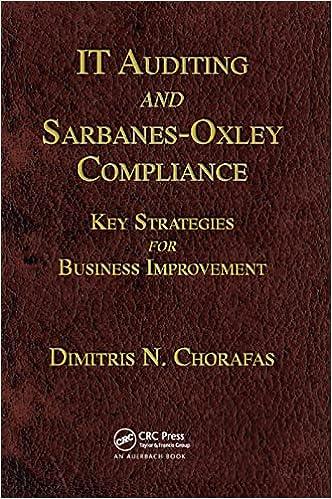Question
A plant has a single-pump circuit that transports fluid from a storage tank to a pressurised tank. A plant engineer is experiencing problems with a
A plant has a single-pump circuit that transports fluid from a storage tank to a pressurised tank. A plant engineer is experiencing problems with a fluid control valve (FCV) that fails due to erosion caused by cavitations. She discovers the pump was oversized resulting in a larger pressure drop across e control valve than was originally intended.
One option is to do yearly repairs on the FCV. This is estimated to make the annual equivalent cost of the pumping system $3.30 per operating hour.
As an alternative, she is considering purchasing a new control valve to accommodate the high-pressure differential. The price of a new (properly sized) control valve is $5,000 and is expected to last eight years. There is no salvage value. The pumping system operates 6,000 hours per year. The (weighted average) power of the equipment is 23.1 kW. Today energy costs $0.08 per kWh but the price of energy is expected to increase with inflation of 4% per year.
(1). Calculate the energy cost per year for each year.
The supplier currently charges $500 per year for routine maintenance on the new valve but the price is expected to increase with inflation of 4% per year. Moreover, the valve will need to be repaired every two years. The current price of the repair is $2,500, but once again the price is expected to increase with inflation of 4% per year.
(2). Use the Annual Equivalent method to calculate the annual cost per operating hour to determine whether or not the engineer should buy the new valve. The minimum acceptable rate of return (MARR) of 8%.
Step by Step Solution
There are 3 Steps involved in it
Step: 1

Get Instant Access to Expert-Tailored Solutions
See step-by-step solutions with expert insights and AI powered tools for academic success
Step: 2

Step: 3

Ace Your Homework with AI
Get the answers you need in no time with our AI-driven, step-by-step assistance
Get Started


